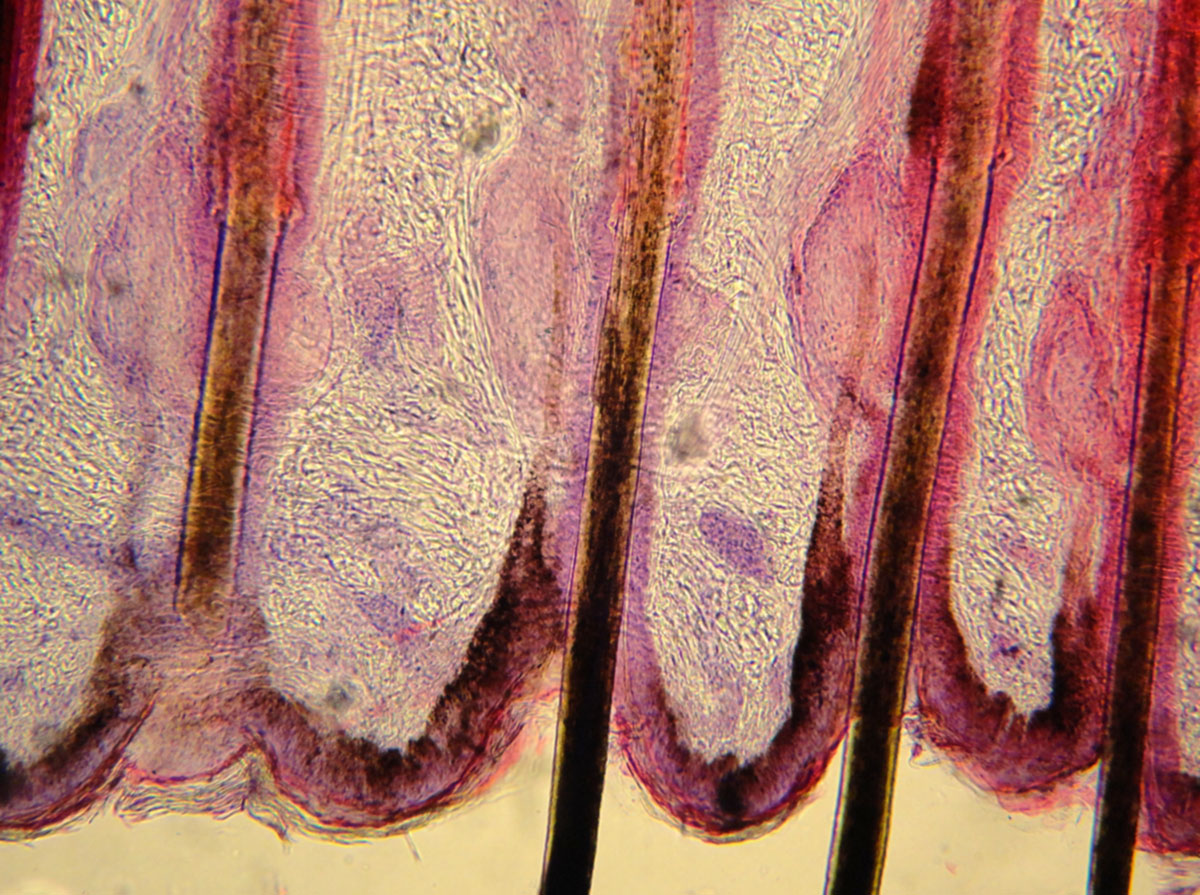Table Of Content

Some folliculitis is caused by a contagious type of bacteria called staphylococcus, or staph. If you have a cut on your skin and touch something, like a towel, that has this germ on it, you may get infected. If so, you’ll be contagious until you’ve been treated with antibiotics for at least 48 hours. Some groups of people are more likely to get certain types of folliculitis. For instance, if you have a beard that you often trim, you’re more prone to having inflamed skin on your chin and cheeks. In many cases, you can work to prevent folliculitis or manage it by changing your lifestyle habits.
Differences Between Types of Folliculitis
Are Thyroid Issues Causing Your Acne? - Health Essentials
Are Thyroid Issues Causing Your Acne?.
Posted: Thu, 18 Feb 2021 08:00:00 GMT [source]
The application of warm compresses to the affected area gives relief from the burning or itching. The addition of some salt or Burow’s solution to the warm water may help. Antifungal or antiseptic shampoos will help treat folliculitis of the scalp or face.
How to Tell If You Have Scalp Folliculitis Symptoms

These areas of your skin may be itchy, tender, and painful as well. Folliculitis is usually caused by Staphylococcus bacteria (Staph) or types of fungi. While you can contract Staph bacteria through bodily contact with someone who has it, folliculitis caused by fungi is not passed through physical contact. You can usually take care of mild cases of folliculitis at home. The most important thing is to stop doing anything that may have caused it in the first place.
Medical mysteries: Patches of bumps and dry skin mask a frightening disease - The Washington Post
Medical mysteries: Patches of bumps and dry skin mask a frightening disease.
Posted: Mon, 27 Oct 2014 07:00:00 GMT [source]
Folliculitis Prevention
Treatment for severe folliculitis can include oral isotretinoin, antibiotics, or steroids. Treatment for viral causes of folliculitis will vary based on the virus type. People with a herpes infection will be treated with antivirals like acyclovir, valacyclovir, or famciclovir.

If an infection develops and worsens, you may need medical treatment. You may have a higher risk for ingrown hairs and related infections if your hair is naturally coarse or curly. These hair types are more likely to curl back into the skin when growing out after hair removal. Home remedies can often treat ingrown hairs, even if the affected area becomes infected.
Scalp folliculitis symptoms can usually be treated at home. However, if symptoms are not getting better or worsening, then it is time to contact a healthcare provider. The provider will be able to definitively diagnose the folliculitis cause and determine the best course of treatment. Scalp folliculitis may appear as small, red bumps along the hairline or on the scalp. These bumps can be papules (inflamed bump that does not appear to be filled with pus) or a pustule (inflamed bump that does appear to be filled with pus). Scalp folliculitis can also be caused by inflammation due to ingrown hairs or certain medications.
The aim is to reduce pain and encourage a faster recovery time. There are several forms of folliculitis, depending on the depth of infection. Some types may only cause superficial symptoms, while others can progress to a deeper follicle infection. Seek immediate medical care if you experience signs of a spreading infection.
You will always see a doctor.
Traction alopecia is the result of environmental factors, such as wearing your hair in tight hairstyles, Agbai says. It occurs when the infection penetrates deep enough into the skin and damages the hair follicle, preventing regrowth. Redness, chafed skin, and itchiness is commonly referred to as “razor burn” and occurs within 36 hours of shaving. The injured follicles are highly susceptible to becoming infected. To clear your skin more quickly and get relief, you can try applying warm compresses to the area.
Diagnosing Folliculitis
You will not get this condition from touching or coming into contact with someone who has it. Over time, areas of skin, such as your underarms or groin, may be filled with widespread lumps and significant amounts of thickened scar tissue. However, if folliculitis is due to a fungal infection, antibiotics and moisturizers must be avoided, and antifungal agents are required.
They may eventually burst open, releasing a little pus, or some bloodstained fluid, and finally subside. ‘Hot tub’ folliculitis presents as several little reddish swellings, on the stomach, arms or legs. Hair follicles are tiny sacs with hair-generating cells at the bottom.
It is often the result of improper shaving techniques, poor hygiene, and wearing tight clothing. However, if symptoms persist or worsen, medical assistance may be necessary. When hair follicles are damaged, they may be invaded by viruses, bacteria and fungi. Superficial folliculitis affects the upper part of the hair follicle and the skin around the follicle. Deep folliculitis affects more of the follicle or even all of it. Hot tub folliculitis causes round, itchy bumps that may later develop into small pus-filled blisters.

No comments:
Post a Comment